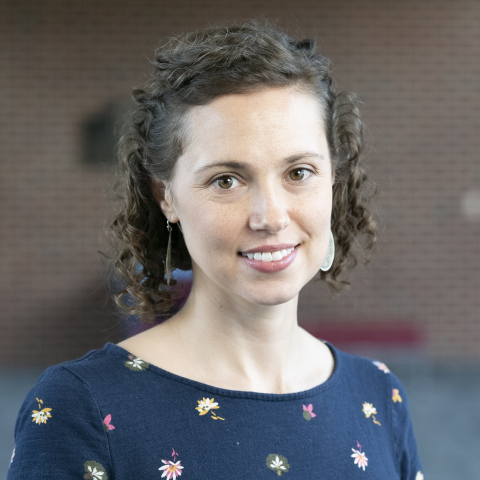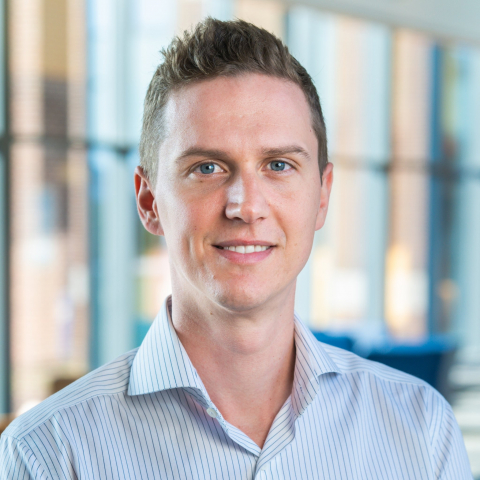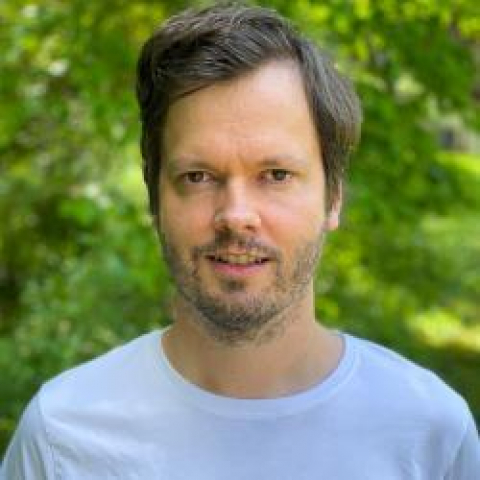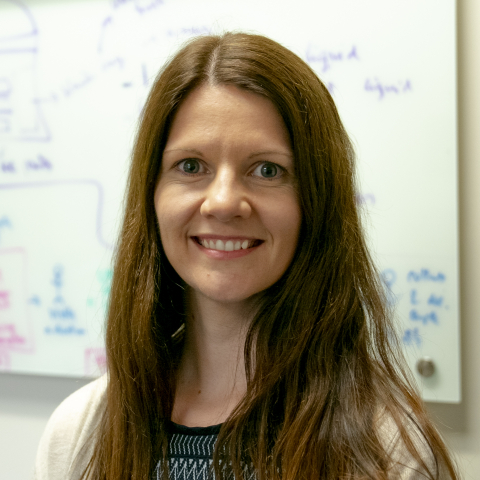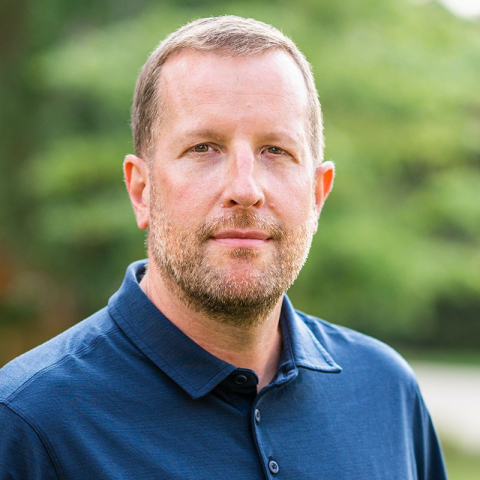People: Microbiome Sciences
Jordan Bisanz
Assistant Professor of Biochemistry and Molecular Biology
The interface of microbiology and bioinformatics, with approaches including genomics and metabolomics to investigate the interplay of diet, drugs, and the gut microbiome.
Seth Bordenstein
Director of the One Health Microbiome Center; Huck Chair in Microbiome Sciences; Professor of Biology and Entomology
The evolutionary and genetic principles that shape symbiotic interactions between animals, microbes, and viruses and the major applications of these interactions to human health.
Daniel Cosgrove
Eberly Chair and Professor of Biology
Mechanism of plant growth. Function and evolution of expansins. Biochemistry and rheology of plant cell walls. Growth responses to light, hormones, and water stress and other stimuli.
Emily Davenport
Assistant Professor of Biology
Understanding the complex relationship humans have with our microbiomes, using high-throughput sequencing technologies and novel computational and statistical techniques.
Francisco Dini-Andreote
Huck Early Career Chair in Microbial Community Ecology, Associate Professor of Plant Science
Microbiome, plant-microbe interactions, and community ecology. Harnessing the plant microbiome to enhance protection against biotic and abiotic stresses.
Edward Dudley
Professor of Food Science; Director of E. coli Reference Center
Mechanisms driving toxin production in Shiga-toxigenic Escherichia coli; use of genome sequencing to track pathogen transmission during foodborne outbreaks
Erika Ganda
Emphasis Area Representative, Microbiome Sciences; Associate Professor of Food Animal Microbiomes
Developing practical ways to leverage the microbiome to improve food safety and improve food production animals' production efficiency.
David Geiser
Professor of Mycology
Genomics of fungi, applied to the evolution of plant and animal disease, toxin production, and beneficial roles. Fungal phylogenetics and population genetics, especially in Fusarium, and sequence-based identification tools. Identification of unique pathogen-specific genomic regions in pathogens, and diagnostic markers.
Jessica Grembi
Assistant Professor of Pharmacology
The biological mechanisms underlying persistent childhood undernutrition
Kevin Hockett
Huck Early Career Chair; Associate Professor of Microbial Ecology
Biological Control, Biology and Ecology of Plant-Microbe and Plant-Environment Interactions, Microbial Ecology and Population Biology Faculty
Christian Huber
Assistant Professor of Biology
How evolutionary mechanisms such as mutation, recombination, and natural selection shape genetic diversity and the variability between individuals and species.
Seogchan Kang
Professor of Plant Pathology & Environmental Microbiology
Genetic and cellular mechanisms underpinning plant-fungal interactions with Arabidopsis thaliana and Fusarium oxysporum as a model system. Molecular genetics and comparative genomics of fungal plant pathogens. Bioinformatics.
Vivek Kapur
Associate Director, Huck Institutes of the Life Sciences; Huck Distinguished Chair in Global Health; Professor of Microbiology and Infectious Diseases
The basic mechanisms by which pathogenic microbes successfully infect, colonize, and cause disease in their hosts.
Joshua Kellogg
Emphasis Area Representative, Molecular Toxicology; Assistant Professor of Veterinary and Biomedical Sciences
Development of new metabolomics tools for chemical and biological characterization of complex systems. Discovery of new natural products from plants and microorganisms with novel bioactivity against pathogenic fungi and neglected tropical diseases. Bioanalytical techniques to probe the mechanism of action and basic biology of these target organisms. Ethnobotany and indigenous knowledge surrounding plant-based medicine.
Girish Kirimanjeswara
Emphasis Area Representative, Immunology and Infectious Disease; Associate Professor of Veterinary and Biomedical Science
Establishing the Virulence Factors
Jasna Kovac
Lester Earl and Veronica Casida Career Development Professor of Food Safety; Associate Professor of Food Science
Integrating epidemiological, microbiological, molecular and omics methods to better understand microbial pathogenic potential, antimicrobial resistance, and epidemiology of foodborne pathogens.
Elizabeth McGraw
Professor and Huck Scholar in Entomology
The genetics of vector, pathogen and symbiont interactions.
Scott Medina
Associate Professor of Biomedical Engineering
Design of bio-inspired functional materials that serve as new tools in precision medicine. Understanding how peptides and proteins assemble at natural and non-natural interfaces to form organized structures with unique biochemical functions. The design of nano- and micro-scale biomaterials to develop new biosensing and therapeutic strategies to treat infectious disease, inflammation and cancer.
Tim Miyashiro
Professor of Biochemistry and Molecular Biology
How bacteria adapt to a host environment. The mutualistic symbiosis established between the Hawaiian bobtail squid (Euprymna scolopes) and a bioluminescent bacterium (Vibrio fischeri).
Andrew Patterson
Associate Director, Huck Institutes of the Life Sciences; Professor and Huck Chair of Molecular Toxicology; Faculty Oversight, Metabolomics Core Facility
The Patterson lab is focused on understanding the host-metabolite-microbiome axis
Vishal Singh
Associate Professor of Nutritional Physiology and Microbiome
Laura Weyrich
Associate Professor of Anthropology
Reconstructing ancient oral microbiomes and supporting ancient DNA analysis of past humans, environments, and animals.



